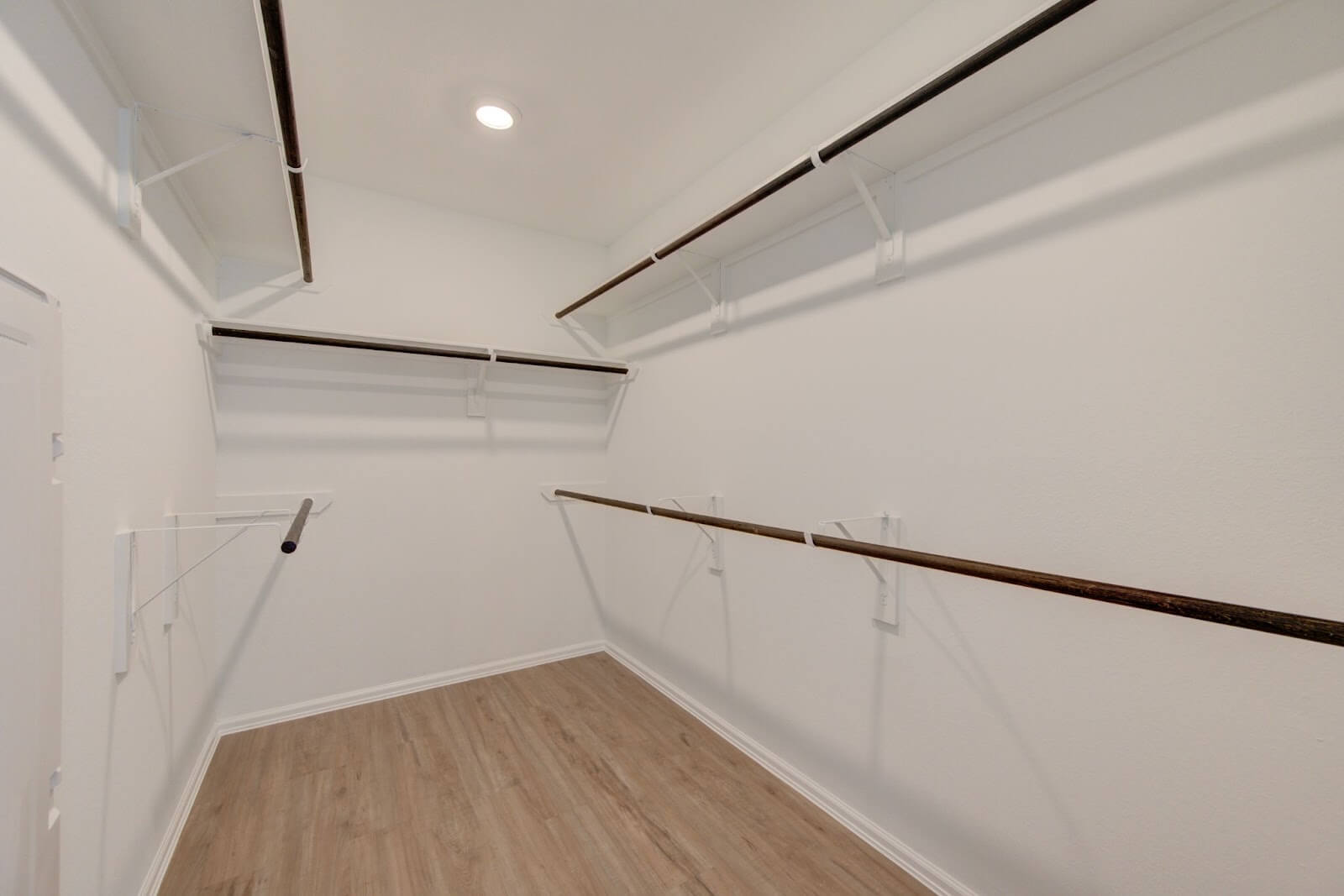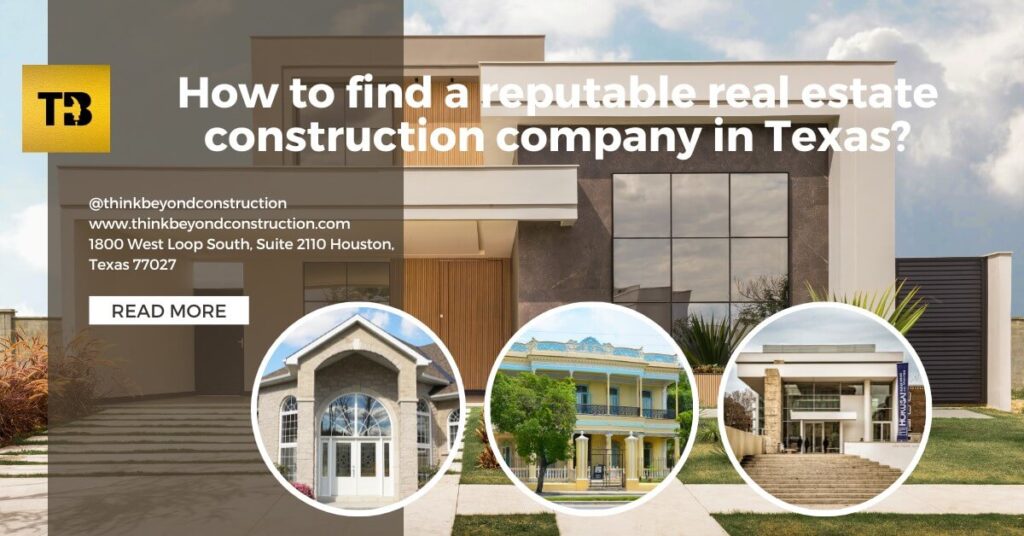Real estate investing has always been a well-liked option for people attempting to diversify their portfolios and create long-term wealth. Choosing between under-construction projects and existing properties is crucial for investors regarding real estate investing. Understanding the benefits and drawbacks of every option is crucial for making wise investing decisions. This article will examine the advantages and drawbacks of finished projects and existing homes, assisting investors in weighing the options and selecting the best investment approach.
. Under-Construction
Investing in under-construction projects is a tempting alternative when looking for long-term capital growth and better profits. However, weighing the benefits and drawbacks of such investments is crucial.
Pros:
Lower cost and possibility for greater returns:
Due to their incomplete nature, projects in the planning stages are frequently priced less than comparable existing properties. Lower purchasing costs are available to investors who can spot potential ventures and jump in early. The property value might increase dramatically when the renovation is finished, increasing returns on investment.
Modern conveniences and customization:
Purchasing a project that is still under construction allows you to customize the house partially. Customers can select fixtures, layouts, and finishes based on their preferences. Additionally, projects still in the planning stages frequently have state-of-the-art amenities and services that may appeal to prospective renters or buyers.
Flexible payment options and developer incentives: To entice purchasers to their under-construction buildings, developers frequently provide incentives. These incentives include reduced costs, free parking, or adaptable payment schedules that cover the duration of the development. These advantages help investors find the investment more manageable and reasonable.
Cons:
Uncertainty and delays:
Investing in under-construction projects poses inherent risks, mainly related to construction delays and unpredictability. Project delays influence projected returns on investment because of things like labor shortages, obtaining regulatory permissions, or unforeseen occurrences. To reduce these risks, investors need to do a comprehensive investigation into the reputation and performance of the developer.
Limited rental income during construction:
While under-construction projects provide potential capital appreciation, investors might encounter challenges in producing rental income during construction. Until the renovation is finished, the property cannot be rented out, which might lead to a short-term loss of revenue. Investors must consider the financial ramifications of this time without rental revenue.
Market fluctuations and shifting patterns:
Several factors, such as the status of the economy, governmental regulations, and emerging trends, impact the real estate market. Investors are susceptible to future changes in the market because of the lag between the commencement and end of a project. Before investing in a project still in the planning stages, analyzing the market dynamics and determining its long-term feasibility is critical.
. Existing Projects
Compared to investing in projects still in the planning stages, existing projects that are finished and ready for occupancy provide distinct benefits and considerations. Let’s examine the benefits and drawbacks of buying existing properties.
Pros:
Immediate rental income:
The possibility of producing rental revenue right away is one of the major benefits of investing in existing properties. Investors can begin receiving returns from the first day, making it a good choice for people looking for recurring or passive income. This money can be used to defray some of the expenditures related to the property, including the mortgage, upkeep, and management fees.
Established location and amenities:
Existing properties frequently reside in well-established areas with easy access to amenities such as schools, hospitals, shopping centers, and transportation networks. These elements could entice renters or purchasers, maintaining a consistent demand for the property. Additionally, the neighborhood and associated infrastructure may already be in place, offering security and comfort.
Less uncertainty:
Unlike unfinished developments, existing homes give buyers a clearer idea of what they will receive. Investors can visit the property in person, analyze its condition, and determine whether it has the potential to increase in value or improve. As a result, there is more clarity when investing in incomplete projects because investors can decide based on the property’s condition.
Cons:
Higher initial expenses:
Higher initial expenses Due to elements including location, age, and condition, existing properties are often more expensive than developments still in the planning stages. Some investors, particularly those with low financial means or looking for quick investment returns, may find the increased initial fee an obstacle. The property’s worth should be weighed against its location and the likelihood of future appreciation.
Limited customizability:
Compared to projects still in the planning stages, existing properties have fewer customizable choices. Investors might have to make additional expenditures for improvements or repairs to make the property conform to their preferences or market expectations. This may need more time and money, which should be considered when making an investment choice.
Costs associated with maintenance and repairs:
Older properties may need more regular maintenance than freshly built developments. Investors should consider future maintenance expenditures to guarantee the property’s long-term profitability. Before investing, it is wise to perform a comprehensive examination and evaluate the property’s condition to spot any potential maintenance or repair issues.
. What’s Ideal for Investment?
Various criteria and unique conditions determine what is best for investment, whether in finished progress or existing buildings. Each choice has unique benefits and factors, so no universally applicable solution exists. The best investment option will ultimately rely on your investing goals, risk tolerance, available funds, and time horizon. Here are some important things to think about:
Investing Goals:
Think about your investment objectives. Are you more interested in short-term rental revenue or long-term capital growth? While existing properties can generate rental revenue immediately, developments still in the planning stages may have better long-term prospective returns.
Risk Tolerance:
Determine your risk tolerance. Existing properties could provide a more secure investment alternative than under-construction projects since they are less likely to experience delays. Determine how easily you are with market volatility, construction hazards, and the possibility of a brief loss of rental revenue during construction.
Financial Resources:
Consider your available funds. Projects still under development could have reduced purchasing costs, making them more accessible to some investors. On the other hand, existing properties often have greater up-front costs but could also immediately provide cash flow from rentals.
Market Dynamics:
Assess the state and developments of the present real estate market. Examine the place you are considering’s supply and demand dynamics, economic indicators, and potential for appreciation. Which investment choice best corresponds with market dynamics may be determined using this research.
Personal participation:
Consider the degree of participation you want in the investment. Customization and participation in the creation process are possible with under-construction projects. Existing properties may still need management and maintenance duties even with less direct engagement.
Time Horizon:
Choose a time frame for your investments. If you’re willing to wait and have a longer time horizon
Conclusion:
Market Dynamics: Analyse the situation of the real estate market now to determine if under-construction projects or existing properties would be the best investment. Projects still under construction have the potential for better returns, greater customization, and developer incentives. Still, they also come with risks, potential delays, and lower rental revenue while being built.
Existing properties have established locations, instant rental revenue, and less uncertainty, but they may also have greater upfront expenses and fewer customizing possibilities. The best investment plan that supports individual objectives and maximizes the possibility of success in the real estate market will be identified by assessing investment objectives, risk tolerance, financial resources, market dynamics, personal engagement, and time horizon.
So, if you have made up your mind to invest in real estate, Think Beyond Construction can help you in deciding whether you need to invest in under-construction or existing projects. Call us today to get the best real estate investment consultation!






